Just a week after the release of STALKER 2, many gamers find themselves at a familiar crossroads in the lifecycle of any game: we’ve had just enough time to dive in and savor it, but not enough for all those pesky bugs to be ironed out. During this phase, players often crave something else to fill that void. Fortunately, Rad, a tabletop role-playing game set in a post-Soviet nuclear wasteland, steps in to satiate that need.
Crafted by Argentine game designer Hipólita, Rad transports players to an alternate reality. Imagine a world where the United States turns up the heat during the Cold War by launching a nuclear assault. The aftermath forces survivors to seek refuge underground to escape the surface’s lingering radiation. This desolate world, marked by perpetual hazards and factional skirmishes, leans on the principles of community-focused mutual aid for survival. Bullets become the currency of choice in this post-apocalyptic economy, each shot fired coming at a steep cost.
Rooted in the Old School Renaissance style, Rad draws inspiration from Isaac William’s Mausritter, a charming RPG about woodland creatures with swords. The game maintains its Soviet flavor through a character creation process that breaks away from traditional classes, offering instead a rich tapestry of 36 unique backgrounds. Advancement relies heavily on collectivism, encouraging players to rely on solidarity, mutual support, and collective efforts to progress.
Rad’s mechanics are versatile, catering to different play styles and interests. Whether you’re interested in managing a community rife with both loyalists and spies, engaging in minigames that involve map-building, or embarking on exploration quests that emphasize strategic resource management, there’s something for everyone. Fans of STALKER’s first-person shooter elements won’t be left behind, as Rad includes detailed mechanics for upgrading and customizing firearms to keep things exciting.



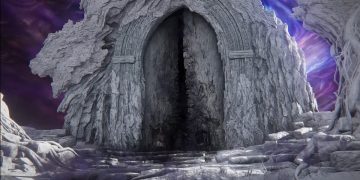
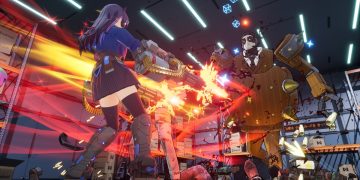

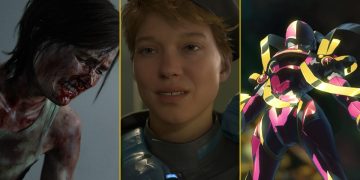
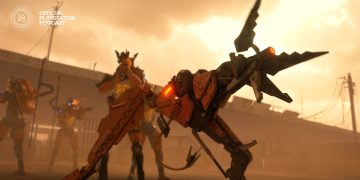

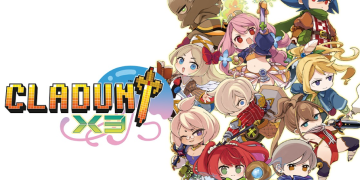

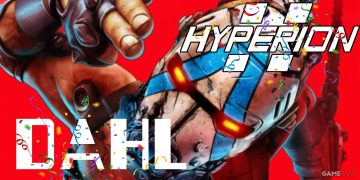
![[FREE Game] Ruffy and the Riverside Giveaway (PlayStation 5 – North America) [FREE Game] Ruffy and the Riverside Giveaway (PlayStation 5 – North America)](https://www.intergamerz.com/wp-content/uploads/2025/06/FREE-Game-Ruffy-and-the-Riverside-Giveaway-PlayStation-5-–-360x180.jpg)


































